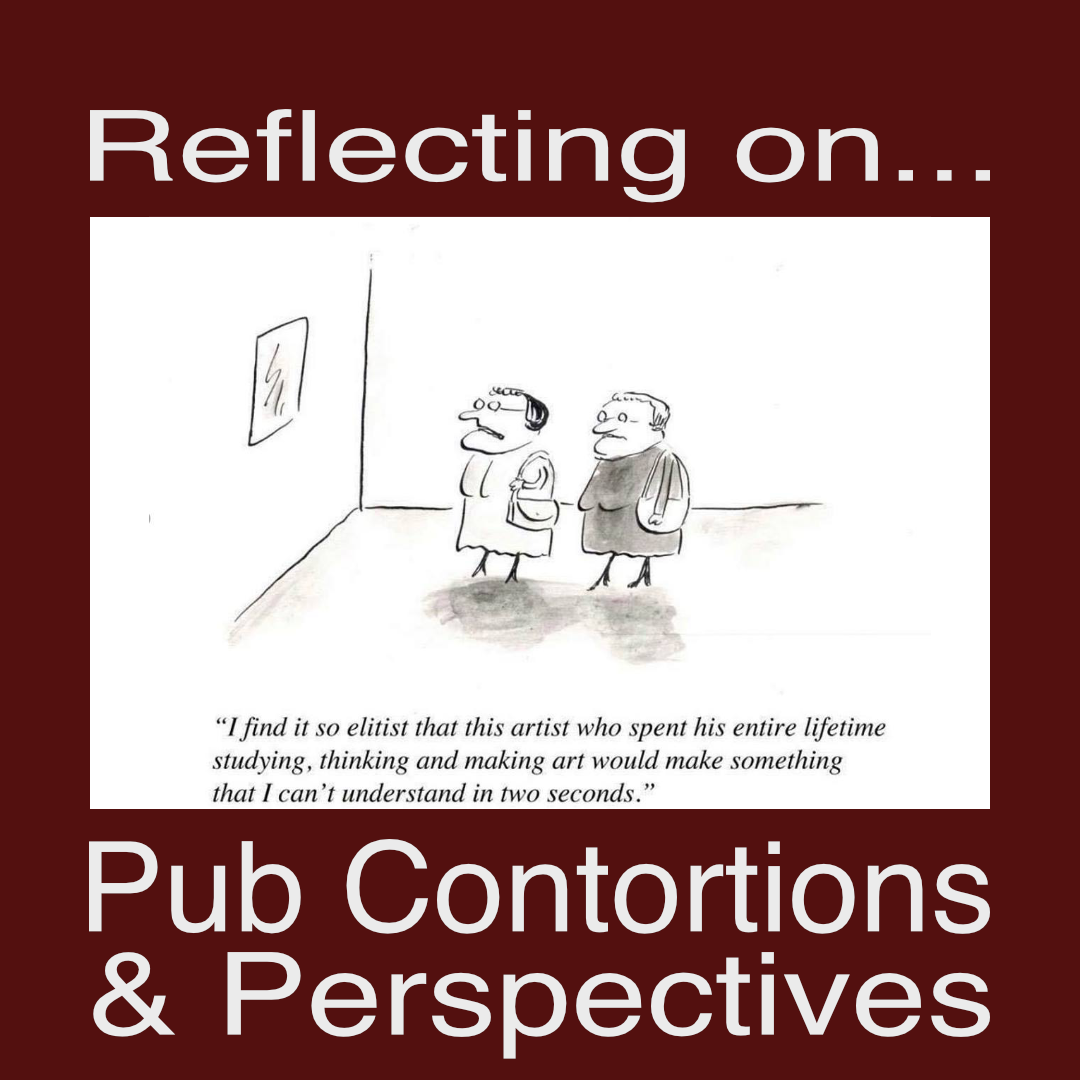

The past week I have seen a few things that have made me think about the responsibility of artists and AL&SO initiatives to their publics whilst retaining their integrity and agency. It's a fine line between crowd-pleasing inoffensiveness and criticality. Which publics/communities/audiences are we interested in as spaces, curators and artists?
Ultimately there is always going to be people that don’t like or don’t agree with what we do. This is true in all walks of life, not just the arts. The formation of a general populous view of “what art is” is as much a construction as any other social bias. The familiarity with hierarchical structures in all elements of contemporary life can very easily lead to acceptance of that as a model for defining culture. This is due to the structures present in the company you work for, the sports team you support, the cultural institutions you are familiar with. This also feeds into how the general public decree what is “good art” or “bad art”.
Ultimately 99% of the global population isn’t educated in the arts. They haven’t been to university for x amount of years to ponder and contort over the gestural qualities of one brush stroke or another and their relative conceptual merits. Whilst doing my Bachelor's, I remember nights in the pub with my Dad and his friends trying to explain what I was doing. I was fortunate in that my Dad was pretty supportive of whatever. When it came to the others present, however, it always turned into a verbal reconstruction of the work as something that would appeal to them. Trimming away complex semiotics and contextual/historical references and sometimes replacing them with simplified parallels. Reflecting on that now I think it was perhaps quite damaging in terms of artistic development, or maybe not, but perhaps had some use in an arts organisation framing. I’ve always been more of a generalist in my interests; I’m not very good at focusing on one thing for too long which can lead to the appearance of an inconsistent “practice”. However, I think it has been useful in trying to understand how to approach a certain audience, and, by proxy, the possibility of reformulating works to be reachable by a range of audiences.
I’m very aware that I come from a heavily white-dominated area in the UK, grew up in a middle-class town, went to university with a lot of other white kids from fairly similar backgrounds, moved to Sweden and did a masters with a bunch more white folks in another white middle-class dominated university in a white-dominated city. That is a pretty narrow field of experience really, though equally when placed next to the experiential range of many others is probably very worldly. I know I still have a lot to learn and also that there are many perspectives that I can try to understand and learn about I can never live.
What I am rambling my way towards here is two things:
1) We have to, as AL&SO initiatives (and any cultural institution of any scale really) remember that not everyone in our audience has been to art school, or possibly even education after highschool. We should try to find ways to include them and give them access points without making them feel stupid.
2) We have to, as AL&SO initiatives (and any cultural institution of any scale really) remember that not everyone in our audience has been to art school, or possibly even education after highschool. We as arts organisers, curators and artist have. The work we make shouldn’t be compromised because someone who hasn’t had an equivalent level of training can’t understand it in the space of 5 seconds.
Those two points may seem mutually exclusive on some levels, but I don’t think they are. As much as I am not a huge fan of the way many museums and large institutions conceptually frame things they are often pretty ok at making certain works understandable. Admittedly this is often regarding historical and figurative pieces which are easy to narrativise but maybe that is a start point at least. We are a storytelling species after all. It’s a way that we can latch onto things and understand them. There is always a narrative in every act of cultural expression and perhaps in finding them we can bridge the gap to new audiences. At the same time, it is good to remember that some people just won’t like the artwork or the exhibition or any number of other things; that’s fine too. Some people won’t even have a considered or constructive reason for that dislike. They will just dislike it because it is easier to do that over putting in the effort to understand it or engage with it. Or, they will dislike it because they are scared of looking stupid if they misunderstand the narrative. Fear breeds hatred and hatred leads to the dark side etc.
That is kind of all I have to say on the subject right now, maybe I'll come back to it some other time. I guess it boils down to a point about understanding our privileged position as artists, curators or anything else in the cultural sector as storytellers. Regardless of any other factor in our background, that is in many ways the role we have chosen to take on. Sometimes it’s good to reframe what can feel like a very complex action in a simplified way to get some perspective on it and find the bits that really matter.
ESSAY
Joe Rowley - MAR 2021

The Reflecting on... series takes situations, objects, artworks, articles, texts, podcasts and anything else really as starting points for reflection on artist-led and self-organised (AL&SO) practice.
Ephemeral Care focuses on ethics, practice and strategies in artist-led and self-organised projects.